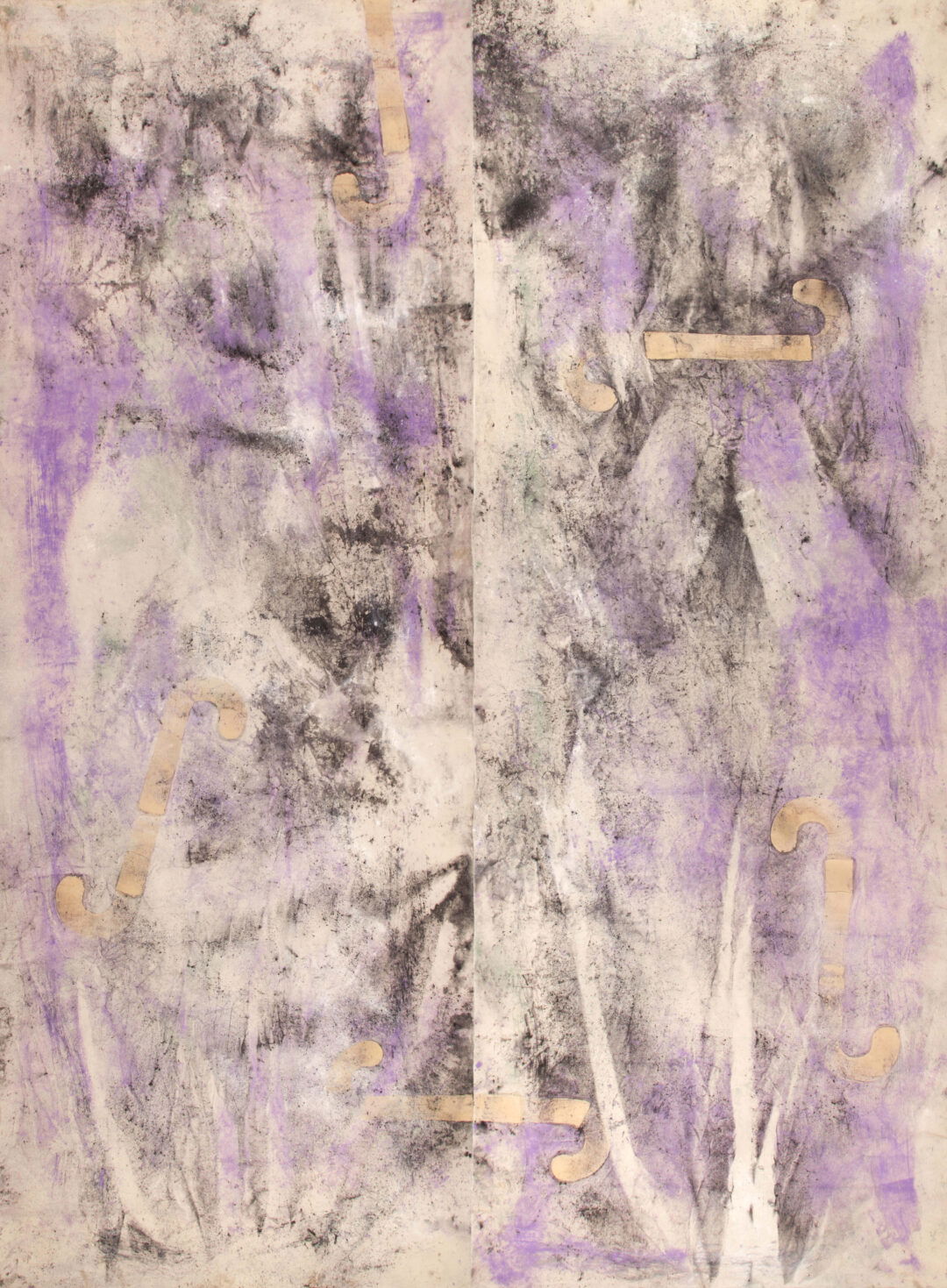The Lighter Side
A photographic journey through joy at Hestercombe
showcases work by fourteen artists including Jessica Warboys, Richard Long, Onya McCausland, Nancy Holt, Hannah Brown and Turner Prize 2022 nominee Ingrid Pollard
KIDS GO FREE THIS EASTER, Monday 7th April to Monday 21st April.
Applicable for children aged 15 and under.
From Monday 3rd February, the Stables Restaurant will be open only on Thursday, Friday, Saturday and Sunday. The Gardens, House and gift shop are open daily as usual.
This event has ended
Expanding Landscapes: Painting After Land Art brings together historical works by artists associated with Land Art, with contemporary artists who engage directly with landscape through the language of painting.
Works by artists associated with Land Art including Nancy Holt, Andy Goldsworthy, Robert Smithson, Richard Long, Michelle Stuart, Roger Ackling and Marie Yates, are on show alongside contemporary works by painters Hannah Brown, Sam Douglas, Onya McCausland, Rebecca Partridge, Damian Taylor, Fred Sorrell and Jessica Warboys. Prints from Ingrid Pollard’s Landscape Trauma series mediate between the contemporary and historical aspects of the exhibition.
‘In the 1960s and 70s many artists left the studio and went into the landscape, using both the physical materials of the land and their direct experience of it as the source and inspiration for new art works. Although considered novel at the time, we can trace a history of Land Art back to Romanticism, where observations of light, time and human perception were seen as ways of thinking about nature and our relationship to environment. Works by artists associated with Land Art, such as Nancy Holt and Richard Long, expanded this language by creating the possibility of an immediate physical experience, as well as the representation of their works through film, drawing and photography’, say the curators of the show Rebecca Partridge and Joy Sleeman.
The exhibition explores the romantic motifs of earth, sea and sky through a variety of materials and processes, including the physical experience of landscape as a creative act in itself. Sharing a concern for the vulnerability of nature and the importance of our attention to it, for materiality and the record of time, for all these artists and their predecessors the experience of being in the landscape is at the heart of the work.
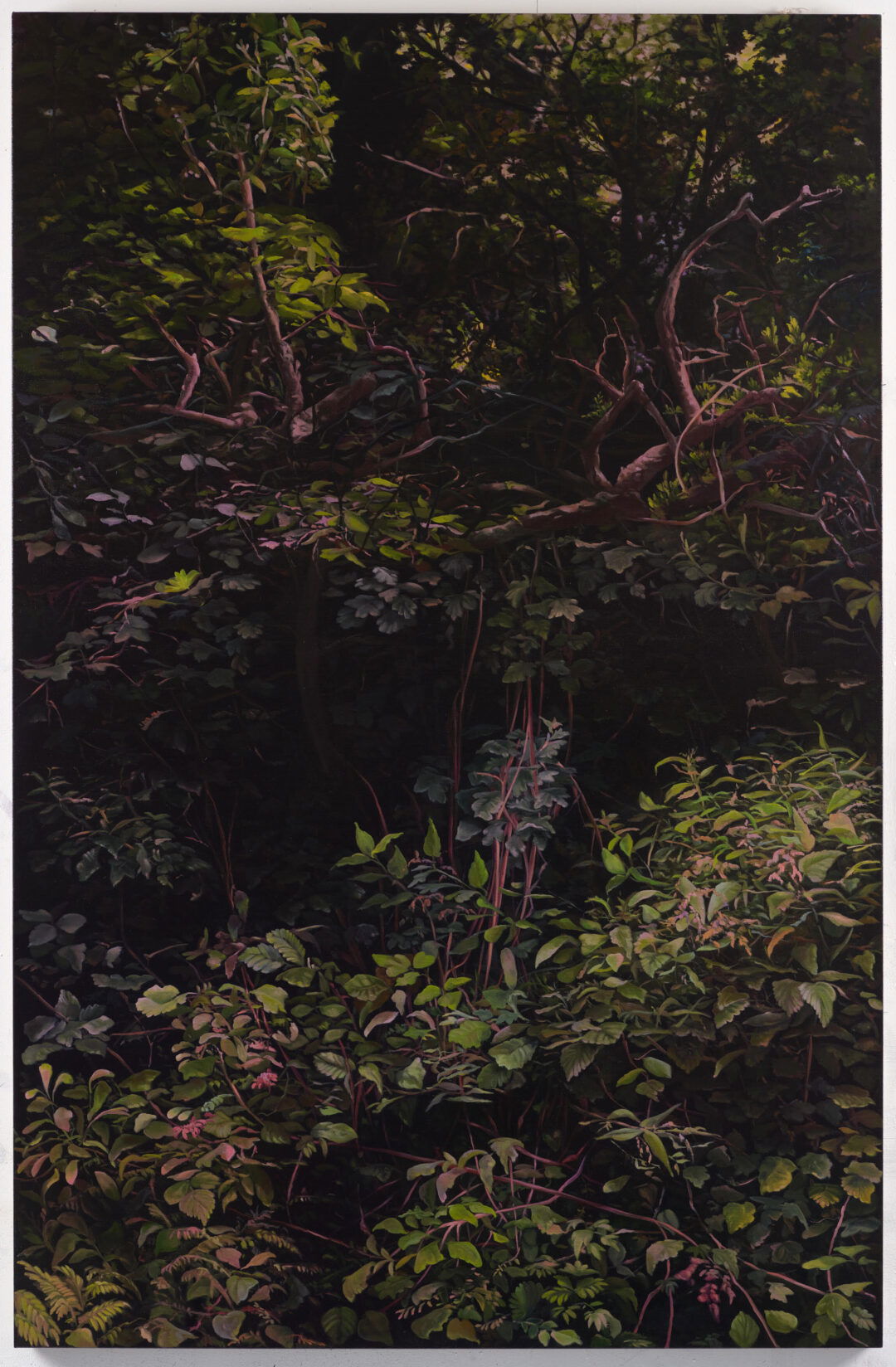
Highlights of the show include :
Jessica Warboys creates vast, abstract paintings reminiscent of the expressionism of the 1950s, though here the works have been physically performed in the landscape. By taking canvas and mineral pigments directly into the sea, Warboys fully immerses herself in a relationship between body, process and environment, creating the dynamic and physically absorbing works we see in the gallery. Onya Mccausland uses the physical material of the land to create pigments, literally turning landscape into colour. These site specific pigments explore the geology, ecology, history and sociology of places such as ex coal mines and industrial landscapes across the UK, creating ochres – earth pigments whose history traces back to the first cave art — to create contemporary, sustainable paints.
Hannah Brown’s paintings all begin with her own experience of her local landscapes, her attention to these ordinary spaces invests them with importance, encouraging our attention to them. Using the traditional language of landscape painting, she has said of her work that she looks for ‘quiet, potentially unsettling places with a peculiar type of beauty’. The works from her ‘Hedge’ series, shown here, are loaded with a sense of ambiguity. Their towering scale immerses us in magnified aspects of hedgerows, connecting us to a physical experience of being in the landscape. Conversely, Sam Douglas’s paintings have a presence far beyond their tiny scale. The ancient monoliths and circles which appear in his landscapes speak to sites which were of importance to Land Artists, who also made direct reference to prehistory. Douglas connects the meteorological recurrences tracked by the ancient stones, to the physical act of painting– in pouring layers of paint and varnish he builds up a surface that has its own history, which he suggests as ‘akin to the geological processes of sedimentation and erosion. Beneath many paintings is often the strata of previous images that sometimes emerge like archaeological remnants’.
This layering over time, both in the process and the subject resonates with Damian Taylor, whose paintings are derived from photographic records of changing light over elemental subjects such as clouds, rocks and seas. The paintings here show rocks which in their substance record the passage of time over billions of years. Taylor has created the image through the photographic record of several minutes of light passing over these rocks, subsequently built up with layers of paint over many months. The lush physicality of the paint surface brings a sense of deep time to the present. Similarly concerned with the observation of light and time, Rebecca Partridge’s work shifts between acutely observed photorealistic paintings in series which mark time, to large watercolours of skies painted from the memory of those observations. Fred Sorrell has described ‘trying to capture the experience of looking… of sensation in the landscape’. His paintings also originate in his own experience of being in the natural world, indicated in titles such as ‘Long Tide’, and ‘Field’, which, like Warboys’, are expressed through abstraction, distillations of rhythm, colour and light.
The exhibition includes prints from Ingrid Pollard’s ‘Landscape Trauma’ series from 2001, which mediate between contemporary and historical aspects of the exhibition. Pollard’s decades-long practice offers an important precursor to contemporary artists’ attempts to engage directly with the experience of being in landscapes while critically encountering landscape’s Romantic and Land Art pasts. Landscape Trauma relates to the substrate of landscape, to the geology of the earth and the chthonic realm beneath our surface world, as well as explicit and more hidden social and cultural histories. These works resonate with the embodied and material experience of landscape characteristic of the paintings in the exhibition.
Full artist list: Roger Ackling, Hannah Brown, Sam Douglas, Andy Goldsworthy, Nancy Holt, Richard Long, Onya McCausland, Rebecca Partridge, Ingrid Pollard, Robert Smithson, Fred Sorrell, Michelle Stuart, Damian Taylor, Jessica Warboys and Marie Yates.
Expanding Landscapes: Painting After Land Art is showing at Hestercombe Gallery from 12th November 2022 until 26th February 2023.
Entry is by gardens admission only.
Hestercombe Gallery is open daily from 11am - 4pm.
Read the full press release here.
The exhibition is curated by Rebecca Partridge and Joy Sleeman with loans from The British Council, The Government Art Collection, University of Bath and many private collections.
The exhibition has been made possible through support from Arts Council England and Somerset West and Taunton Council.

A photographic journey through joy at Hestercombe
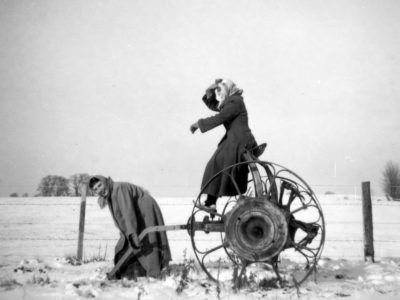
Explore the fascinating history of the Portman family and their Hestercombe estate.
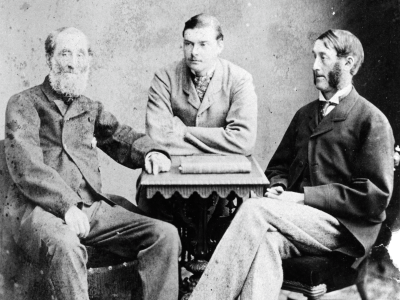
Kids go FREE this Easter. Monday 7th April to Monday 21st April. Come and enjoy the beautiful gardens as they spring into life this Easter. Applicable for children aged 15 and under. The Stables Restaurant will be open only on Thursday, Friday, Saturday and Sunday. The Gardens, House, gift shop and plant sales are open daily.

Enjoy a walk around our woodland at Gotton Copse - which will be awash with tens of thousands of bluebells
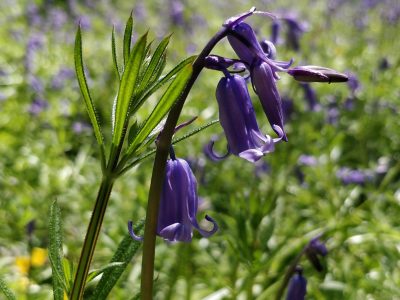
We are thrilled to welcome back Windrush Willow to our Marquee Lawn on Sunday 20th April!

Robin Hood

Twelfth Night

